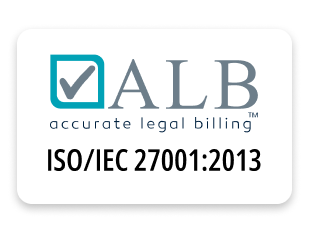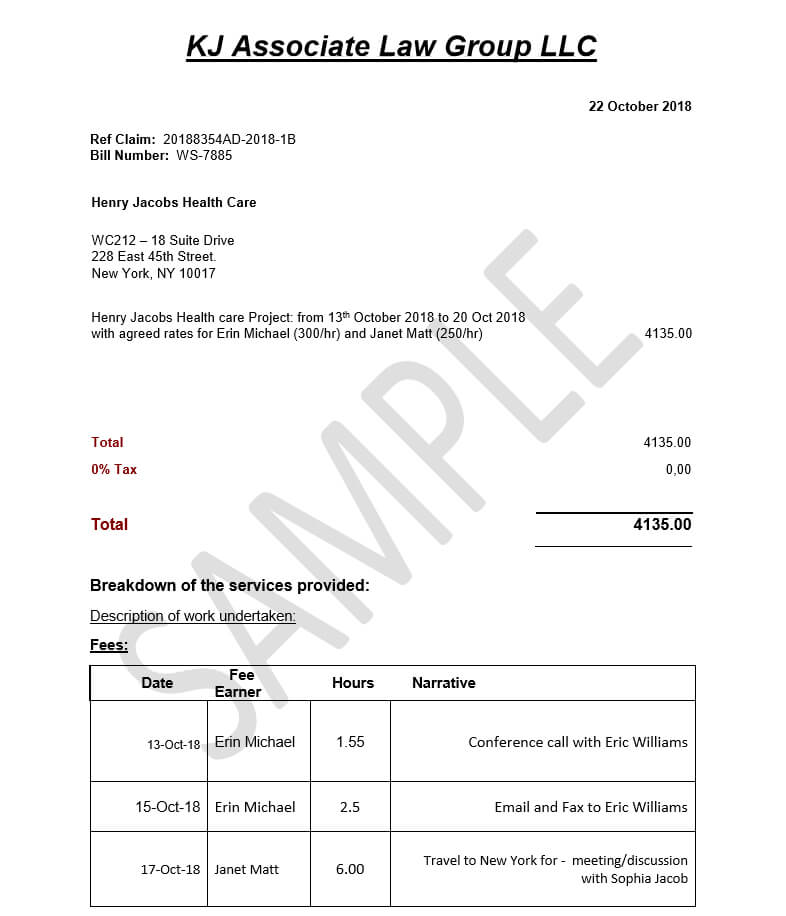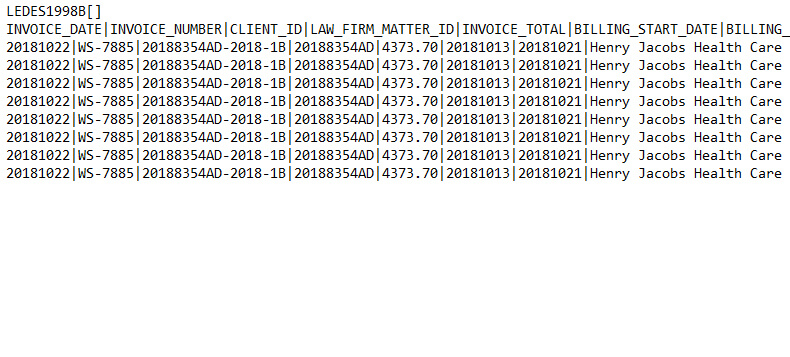
Why Manual Timekeeping Is Costing Law Firms Thousands (And How Automation Can Help)
Many law firms continue to rely on outdated timekeeping methods, such as handwritten notes, punch cards, and spreadsheets. While these methods may feel familiar and easy to use, they come at a high cost, both financially and operationally.
Although this might not be immediately obvious, sticking with manual timekeeping systems can quietly chip away at your firm’s bottom line. The hidden costs are significant: lost revenue, increased administrative work, lower employee morale, and potential damage to client relationships.
So, why do firms continue using these outdated methods despite the risks?
Why Do Firms Persist with Manual Timekeeping?
There are several reasons law firms continue using manual timekeeping systems, even though the drawbacks are clear. The decision to stay with what’s familiar, coupled with concerns about adopting something new, can create a barrier to progress. The following are a few reasons why law firms prefer manual timekeeping:
• Familiarity and Resistance to Change: Many law firms have used manual timekeeping methods for years without facing any major issues. This long-standing familiarity fosters a “if it isn’t broken, don’t fix it” mentality, even when inefficiencies are slowly building up.
• Perceived Cost and Complexity: The thought of transitioning to a digital system can seem like a major investment, both financially and in terms of time. Smaller firms may hesitate, assuming the cost and complexity of automation outweigh the potential benefits.
• Lack of Clear Strategy or Understanding: Some firms simply don’t know how to make the switch to automated systems, or they don’t fully grasp the advantages of automation. This uncertainty leads to skepticism and hesitation.
• Misconception About Suitability: Solo practitioners or small firms often believe that automation is only for large firms, not realizing that technology can benefit firms of all sizes by making processes more efficient.
• Concerns Over Security and Reliability: Lawyers are often cautious about using new technology, fearing data loss, security breaches, or software failures. While these concerns are valid, many modern timekeeping systems are designed to meet the highest security standards, ensuring your data is safe and protected.
These concerns, while understandable, often keep firms from embracing more efficient and profitable alternatives. Now, let's dig deeper into the actual cost of maintaining a manual system.
The Hidden Costs of Manual Timekeeping
While the reasons for sticking to manual timekeeping may seem legitimate, they obscure the actual cost of not making the switch. The price of staying with outdated systems adds up quickly, often without firms realizing how much is being lost. Here are some of the hidden costs you may be overlooking:
1. Lost Billable Hours
Time is money in the legal world, and every minute matters. When attorneys wait until the end of the day, week, or month to log their time, they often forget details, miscalculate hours, or fail to log important tasks altogether. Studies show that delays of even a day can result in a loss of 20-30% of billable hours.
For example, if a lawyer bills $300 per hour and loses just 30 minutes per day due to delays in logging their time, that’s $150 in lost revenue each day. Over the course of a year, this can add up to nearly $37,500 per attorney. In a 10-person firm, that’s a staggering $375,000 in lost revenue each year.
2. Time Spent on Error Correction
Manual timekeeping isn’t just about logging hours. It’s also about correcting errors. From missing entries to incorrect time calculations, attorneys often spend hours fixing their timesheets. On average, lawyers spend 3–4 hours per month correcting mistakes, costing $12,000 to $16,000 annually in lost productivity. Imagine what that time could be better spent on, whether it’s on billable hours, client development, case work, or other high-value tasks that directly contrubute to the law firm’s bottom line. Law firms can significantly increase revenue, enhance the efficiency of the team along with reducing their stress within the team by optimizing time tracking processes and reducing errors.
3. Compliance and Client Trust Risks
Inaccurate or incomplete timekeeping puts your firm at risk for non-compliance with the Fair Labor Standards Act (FLSA), as well as potential damage to client relationships. Poor time records can lead to vague invoices, which may prompt disputes, delayed payments, and in some cases, write-offs.
Moreover, clients expect transparency in billing. When time entries are incomplete or inaccurate, your firm risks not only regulatory penalties but also client trust. Building trust with clients is vital, and clear, accurate invoices help you maintain that trust.
4. Administrative Overhead
The administrative burden of manually tracking and correcting time can overwhelm support teams. Instead of spending time on high-value tasks, like improving client service or developing new business strategies, administrative staff often find themselves chasing missing timesheets or correcting timekeeping errors. This inefficiency adds up, both in time spent and morale.
5. Employee Morale and Retention
Manual timekeeping is not only tedious but can also negatively impact employee morale. It interrupts workflow, creates frustration, and leads to payroll inaccuracies. According to surveys, nearly 50% of employees would consider leaving a job after just two payroll errors. High turnover and low morale hurt your firm’s culture and productivity.
The Importance of Accurate Timekeeping in Law Firms
Accurate timekeeping is a critical aspect of any law firm’s success. A firm’s revenue and the compensation of its lawyers depend on capturing billable hours accurately and without delay. However, timekeeping often becomes a lower priority, leading to missed hours, delayed logs, and unnecessary administrative burden.
The longer firms delay implementing efficient timekeeping practices, the higher the risk of lost revenue. While the process of tracking hours is important, it does not have to be a complex or overwhelming task. It’s time to take control of timekeeping and your firm’s financial health.
How Can Your Firm Address These Challenges?
The answer lies in automating your timekeeping systems.
By transitioning from manual methods to automated systems, firms can significantly reduce the time spent on manual data entry, allowing attorneys to dedicate more time to client work and higher-value tasks. Implementing automated systems can lead to the following benefits:
• Increase Billable Hours: Firms that use automated systems recover 15-20% more billable hours by capturing previously overlooked time, which can significantly boost revenue.
• Faster Billing: Automation seamlessly integrates with billing platforms, speeding up invoice processing by 25-30% and improving cash flow.
• Fewer Disputes: With more accurate and transparent time records, automated systems reduce the likelihood of billing disputes and write-offs by 10-15%, helping to strengthen client relationships and facilitate quicker payments.
Automated timekeeping systems are not just about tracking time; they are a means to unlock additional revenue, streamline firm operations, and ensure sustainable growth and profitability.
If your firm is still relying on outdated manual methods, we invite you to explore how automation can transform your timekeeping processes. Connect with us now for more details.

.png)



